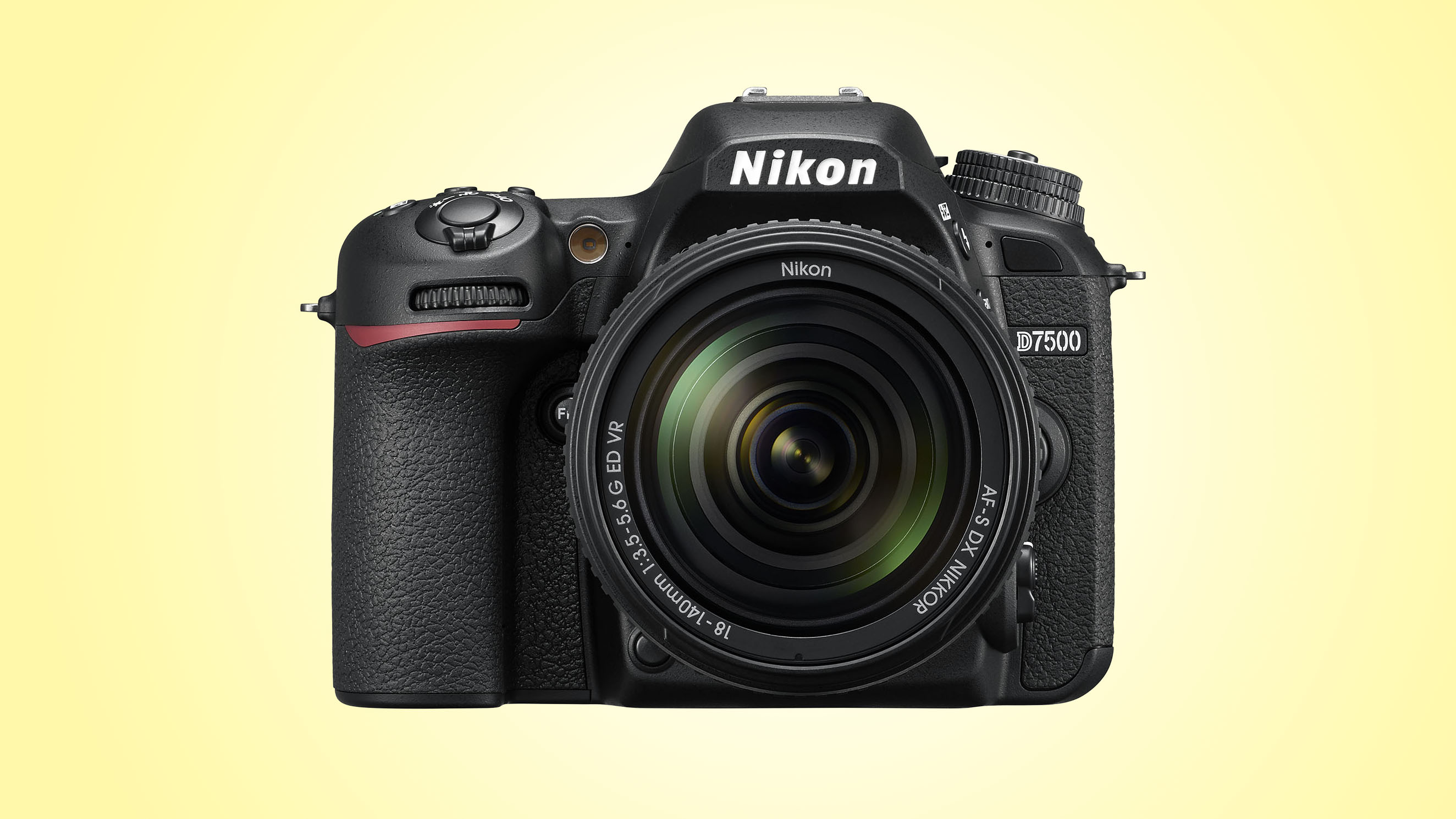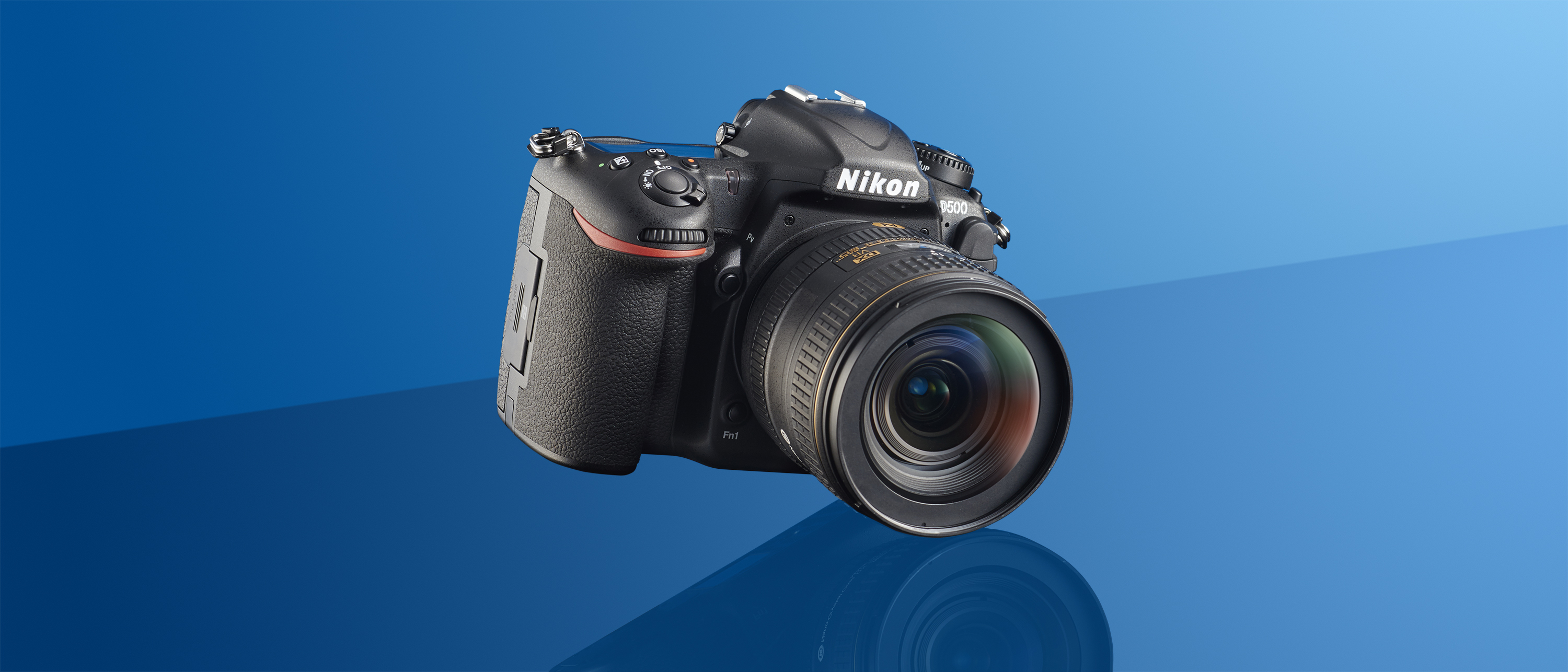Why you can trust TechRadar
The D500 is an excellent camera, and one that will serve many enthusiasts well, giving them the first-rate systems they desire in a smaller, more affordable body than the D5.
While some may be a little disappointed that the D500 doesn't have 24 million pixels on its sensor like Nikon's other recent DX-format DSLRs, don't be, as the small sacrifice in resolution is worth it for the payoff in sensitivity performance.
Noise is controlled well throughout the native sensitivity range (ISO100-51,200), and even the results at ISO102,400 look pretty decent. The top expansion setting, however, is largely pointless; its results look much better in reasonable light, but in the dark conditions that really demand such a setting there's lot of noise in raw files and smearing of detail in JPEGs, making subjects hard to identify.
The D500 packs in a pro-spec specification that's very impressive, and it's likely to prove particularly attractive to sports and action photographers
The D500 packs in a pro-spec specification that's very impressive, and it's likely to prove particularly attractive to sports and action photographers. The autofocus system is especially enticing, capable as it is of getting moving subjects sharp in difficult lighting conditions.
The D500's robust build means it's more capable of withstanding heavy use than Nikon's existing DX cameras, and it can be used with confidence in poor weather. It's also great that Nikon enthusiasts now have a high-level camera they can upgrade to without having to opt for a full-frame model – that's especially important for those who have an extensive collection of DX-format lenses.
Many will be mulling over whether to go for the D500 or a full-frame camera like the Nikon D750. The D750 is a good all-rounder that controls noise a little better, but if speed and/or durability are key concerns, the D500 is the one to go for. It's also a better choice if you have a collection of DX-format lenses and no FX (full-frame) optics – although it has the chops to resolve plenty of detail, so don't be tempted to use inferior glass.
Competition

Canon EOS 7D Mark II
The closest rival to the D500, the Canon EOS 7D Mark II, dates from September 2014. It has a very similar pixel count to the D500; we're talking 20.2 million versus 20.9 million respectively, but it can't match the D500's AF system, despite having a broad 65-point AF arrangement. Elsewhere, the D500 pretty much edges it in every area.
Read our in-depth Canon EOS 7D Mark II review

Nikon D7500
This latest addition to Nikon’s DSLR lineup represents the biggest revamp we’ve seen in the D7xxx series since the D7000 replaced the D90. The combination of Nikon's 20.9MP sensor and EXPEED 5 image processing engine from the D500 in an even more compact and affordable body is bound to be a tempting prospect for both new and existing users.
Read our in-depth Nikon D7500 review
Phil Hall is an experienced writer and editor having worked on some of the largest photography magazines in the UK, and now edit the photography channel of TechRadar, the UK's biggest tech website and one of the largest in the world. He has also worked on numerous commercial projects, including working with manufacturers like Nikon and Fujifilm on bespoke printed and online camera guides, as well as writing technique blogs and copy for the John Lewis Technology guide.

